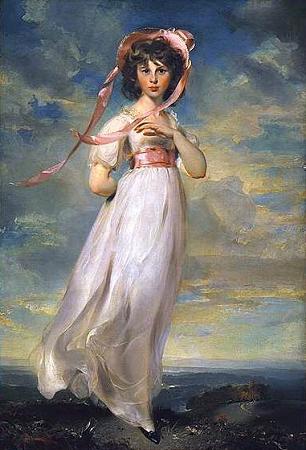Eugene Delacroix (1798 - 1863). Ferdinand Victor Eugène Delacroix was a French Romantic artist regarded from the outset of his career as the leader of the French Romantic school. As a painter and muralist, Delacroix's use of expressive brushstrokes and his study of the optical effects of colour profoundly shaped the work of the Impressionists, while his passion for the exotic inspired the artists of the Symbolist movement. A fine lithographer, Delacroix illustrated various works of William Shakespeare, the Scottish author Walter Scott and the German author Johann Wolfgang von Goethe. In contrast to the Neoclassical perfectionism of his chief rival Ingres, Delacroix took for his inspiration the art of Rubens and painters of the Venetian Renaissance, with an attendant emphasis on colour and movement rather than clarity of outline and carefully modelled form. Dramatic and romantic content characterized the central themes of his maturity, and led him not to the classical models of Greek and Roman art, but to travel in North Africa, in search of the exotic. Friend and spiritual heir to Théodore Géricault, Delacroix was also inspired by Lord Byron, with whom he shared a strong identification with the forces of the sublime, of nature in often violent action. However, Delacroix was given to neither sentimentality nor bombast, and his Romanticism was that of an individualist. In the words of Baudelaire, Delacroix was passionately in love with passion, but coldly determined to express passion as clearly as possible. Together with Ingres, Delacroix is considered one of the last old Masters of painting, and one of the few who was ever photographed. Eugène Delacroix was born on 26 April 1798 at Charenton-Saint-Maurice in Île-de-France, near Paris. His mother was named Victoire Oeben, the daughter of the cabinet-maker Jean-François Oeben. He had three much older siblings. Charles-Henri Delacroix rose to the rank of General in the Napoleonic army. Henriette married the diplomat Raymond de Verninac Saint-Maur. Henri was born six years later. He was killed at the Battle of Friedland on 14 June 1807. There are medical reasons to believe that Eugène's legitimate father, Charles-François Delacroix, was not able to procreate at the time of Eugène's conception. Talleyrand, who was a friend of the family and successor of Charles Delacroix as Minister of Foreign Affairs, and whom the adult Eugène resembled in appearance and character, considered himself as his real father. Throughout his career as a painter, he was protected by Talleyrand, who served successively the Restoration and king Louis-Philippe, and ultimately as ambassador of France in Great Britain, and later by Talleyrand's grandson, Charles Auguste Louis Joseph, duc de Morny, half-brother of Napoleon III and speaker of the French House of Commons. His legitimate father, Charles Delacroix, died in 1805, and his mother in 1814, leaving 16-year-old Eugène an orphan.
more...














